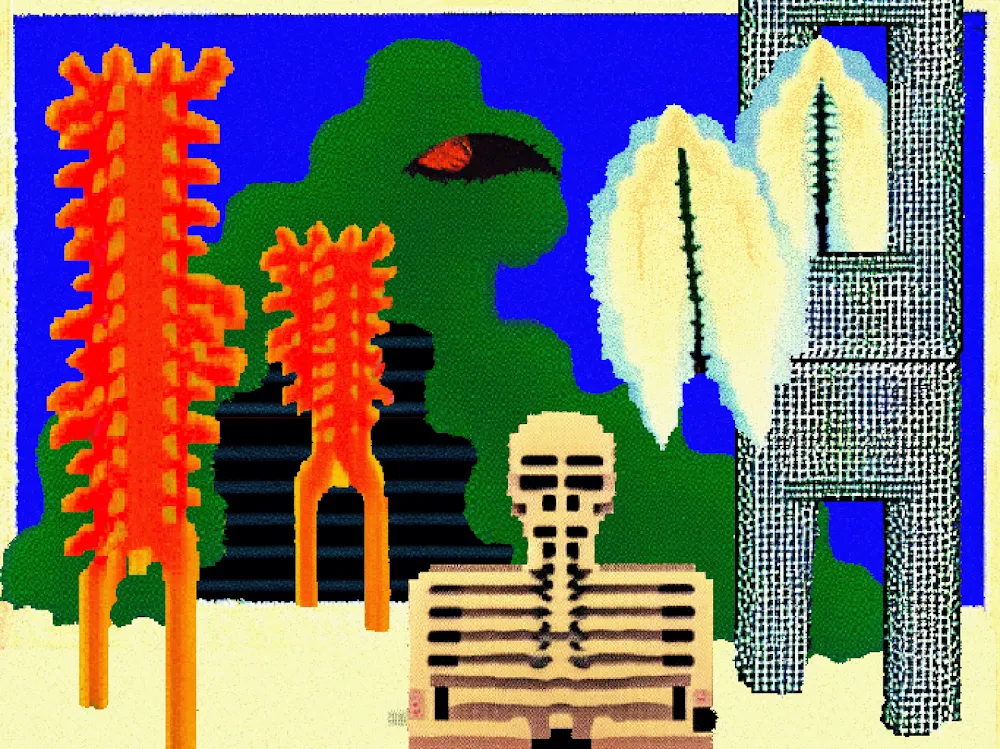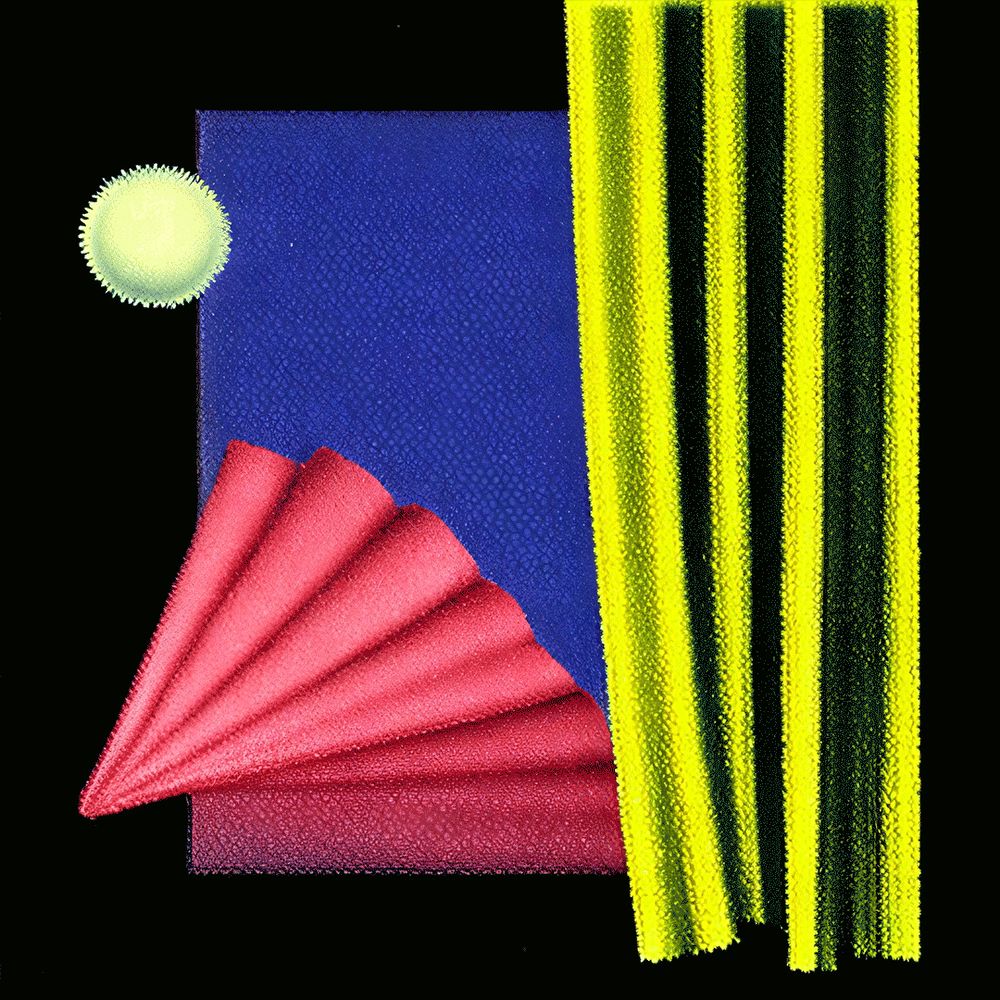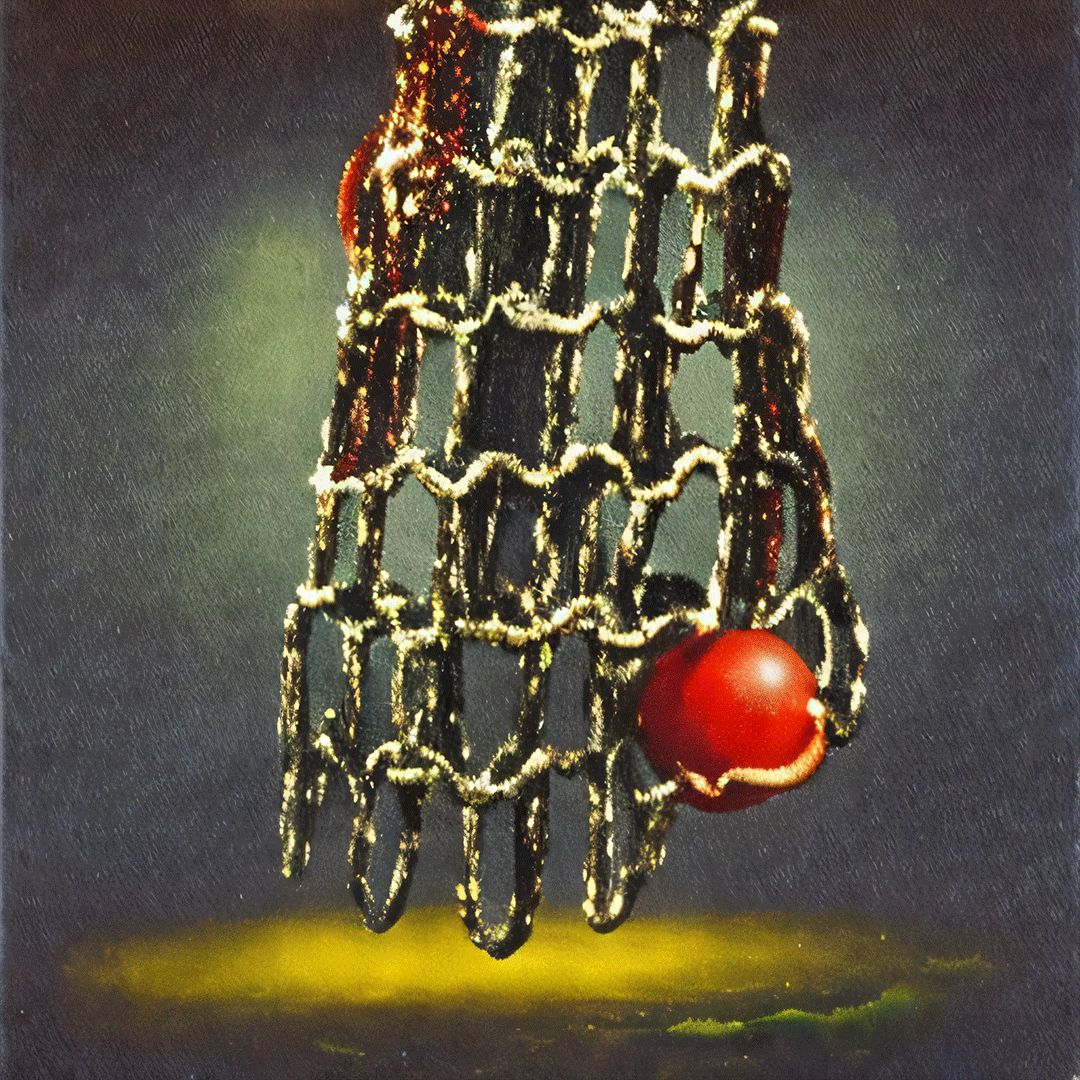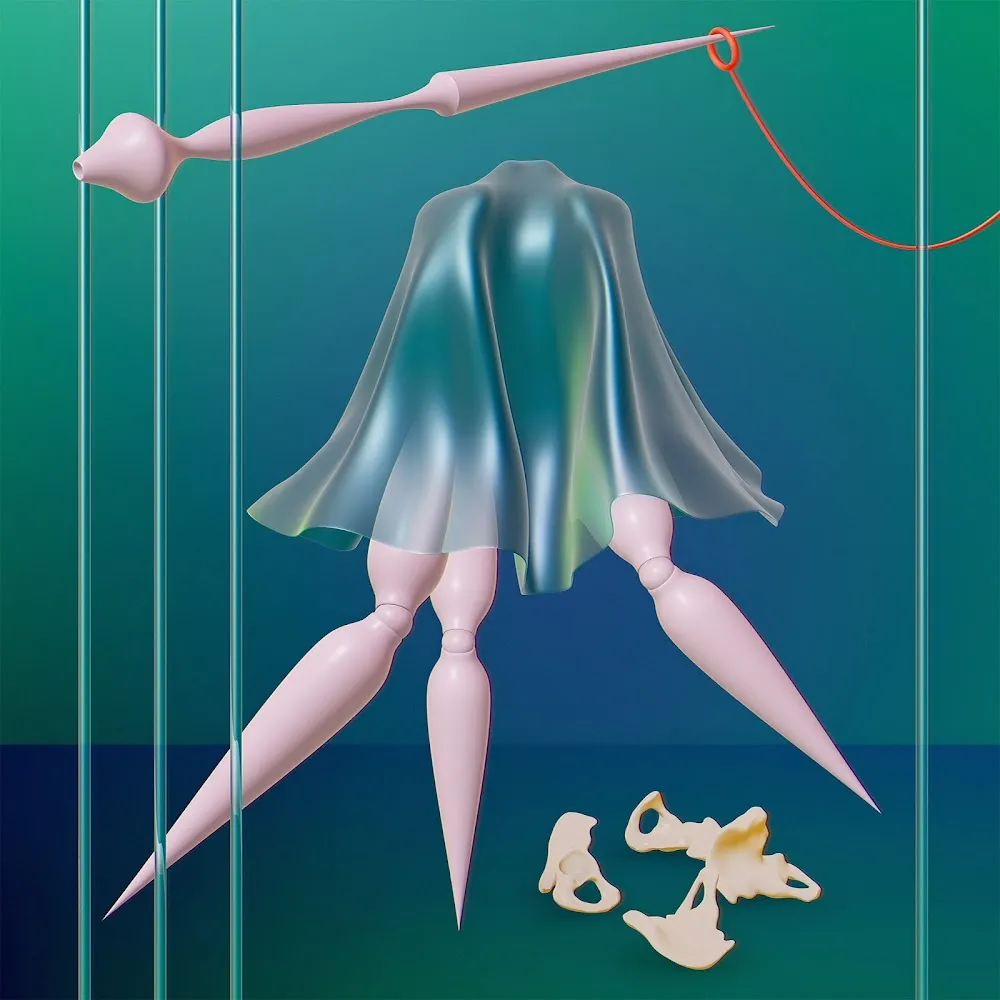Subscribe to get the latest on artists, exhibitions and more.
An Improbable Thread: In Conversation with Gozo, @graceb_art, and Artie Handz

The following transcript is from a conversation held over Twitter, hosted by Artie Galerie's Artie Handz and collector @graceb_art, ahead of gozo's release of an improbable thread, presented by SOLOS and Artie Galerie. Portions of this interview were conducted in Spanish and translated with the assistance of AI. There may therefore be minor discrepancies between the original phrasing and the English rendering presented here.
Artie Handz: Hello, welcome everyone, thank you for joining us. I'm super excited for this conversation. I’m super excited to, along with SOLOS, exhibit this wonderful show an improbable thread by gozo.
Thank you so much for being here to listen to us chat about this a little bit. Gozo is a Spanish artist, and while his English is probably better than he lets on, he doesn’t feel completely comfortable speaking it, so we have the wonderful Grace here to act as a Spanish conversationalist. My high-school Spanish wouldn’t hold up, unfortunately, so they’ll handle most of the conversation. I’ll chime in here and there when I can.
Before I hand it over to Grace and gozo, I’d like to read the exhibition statement:
Artie Galerie and SOLOS are proud to present an improbable thread






